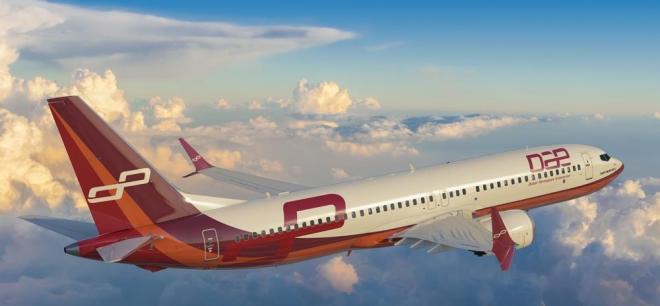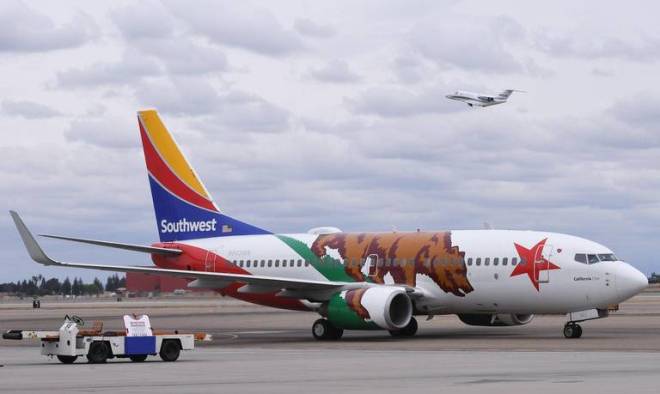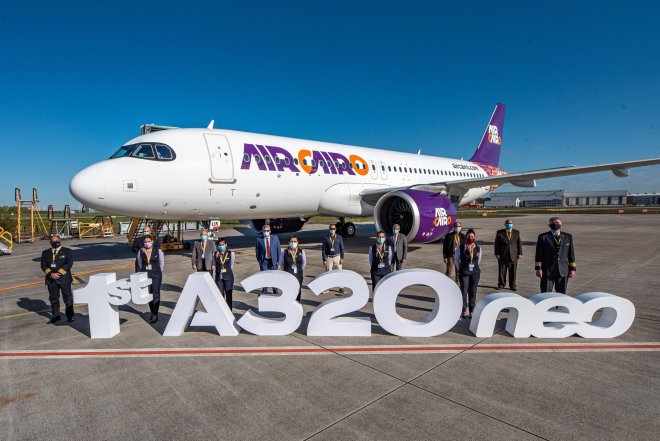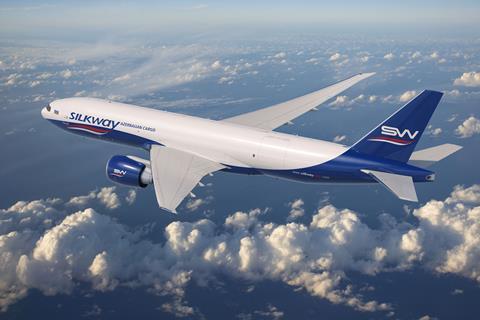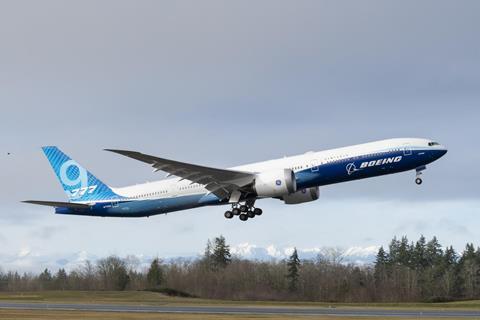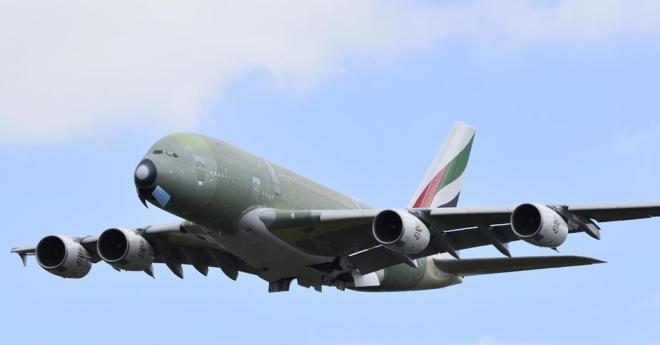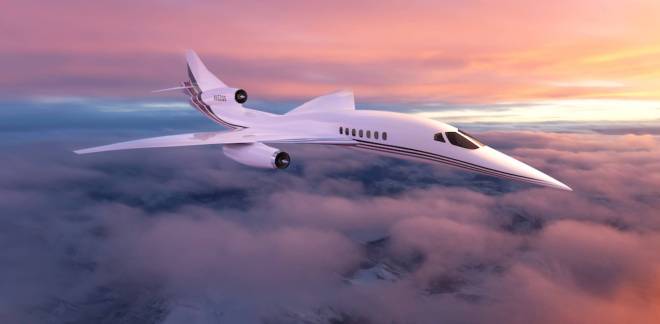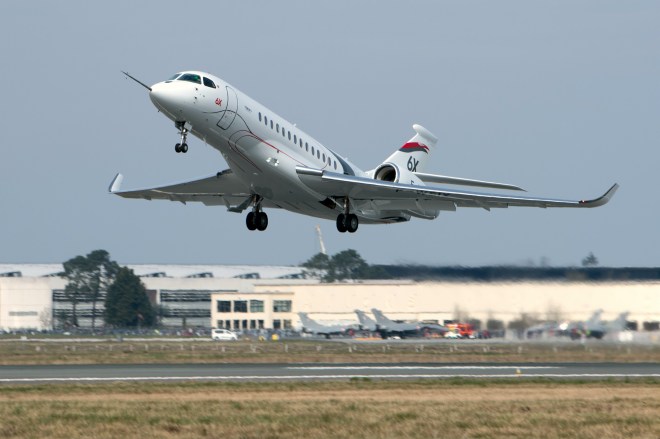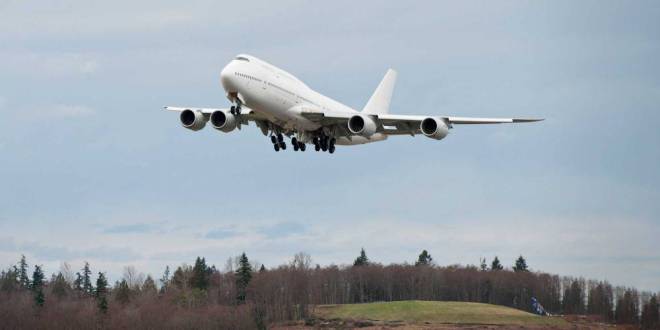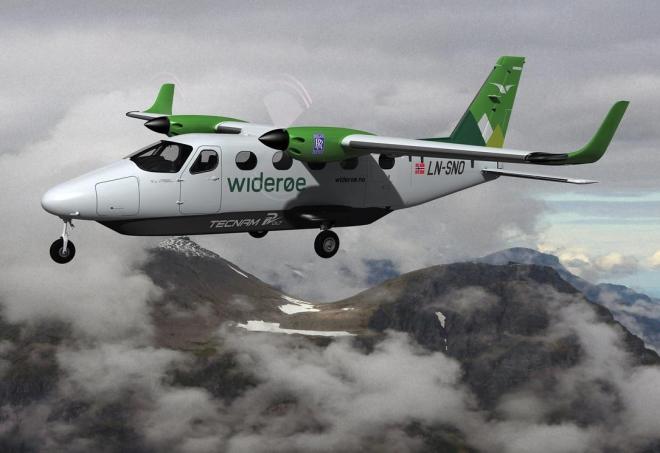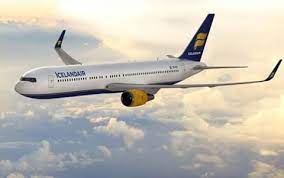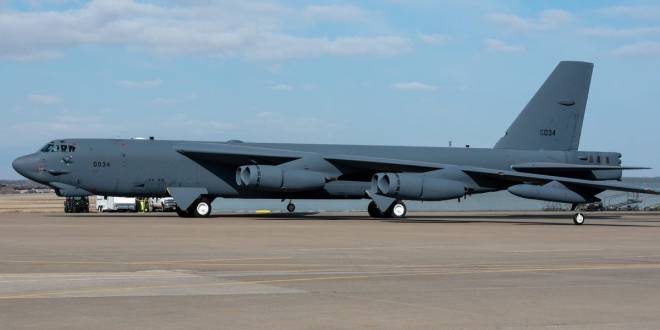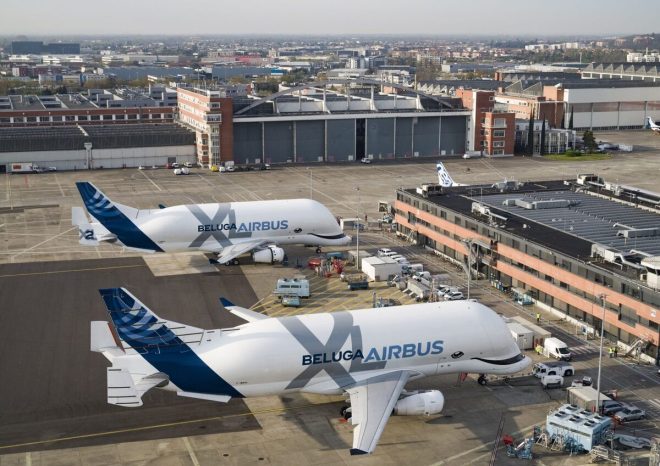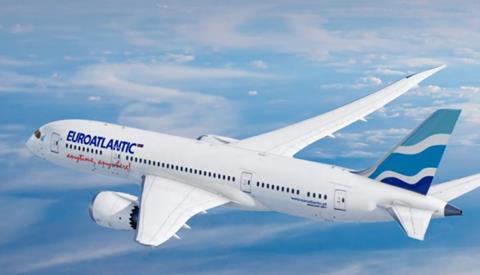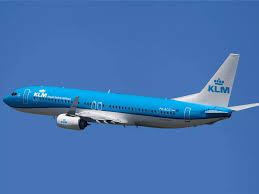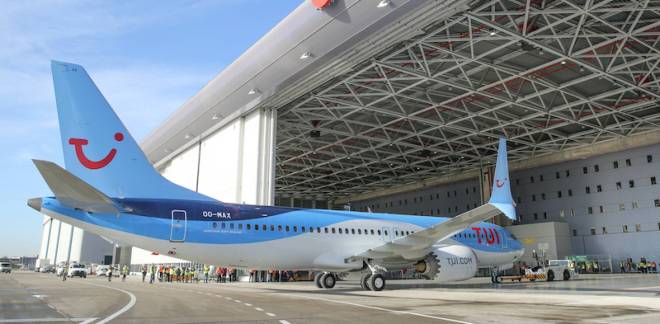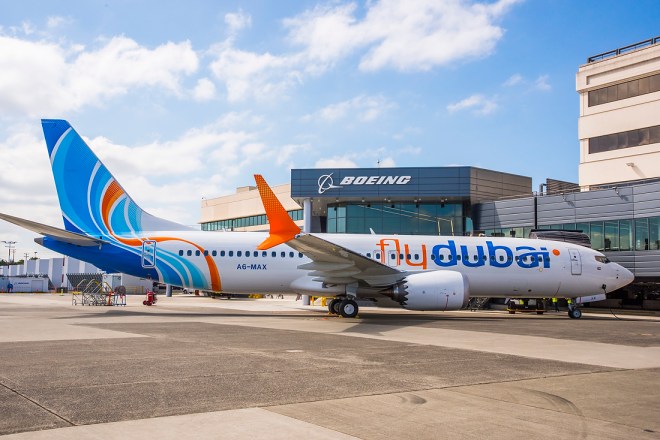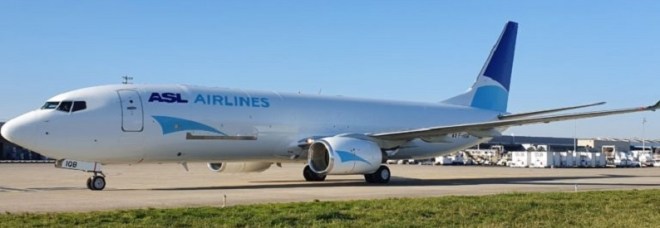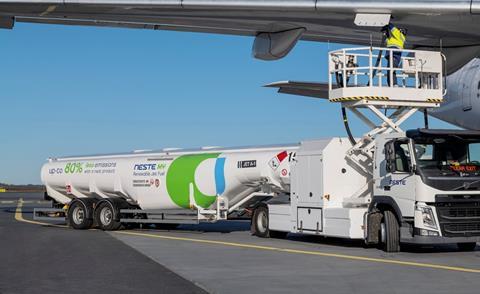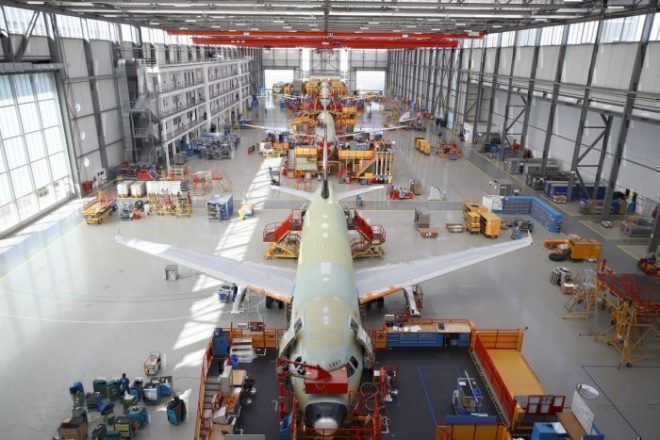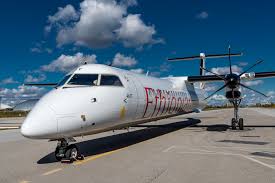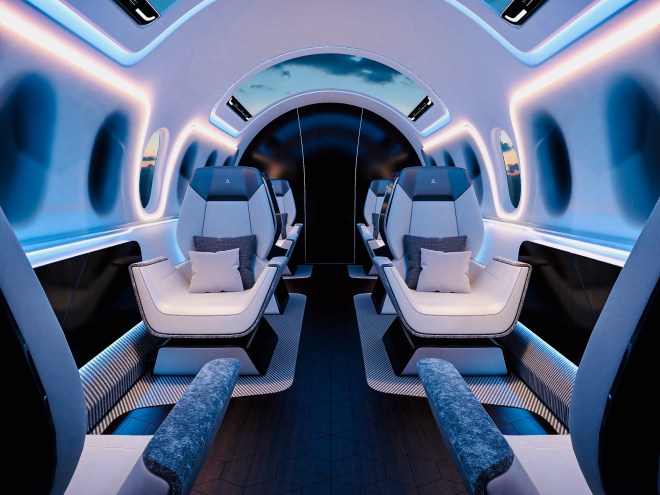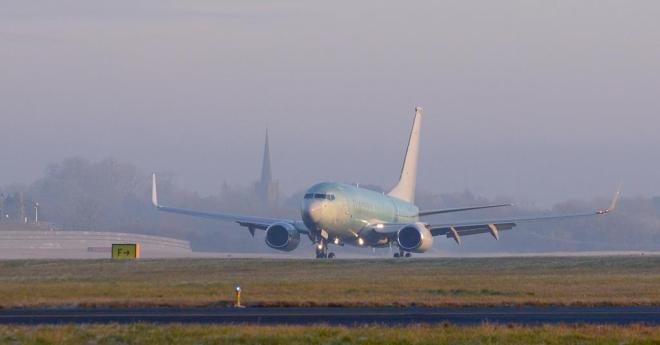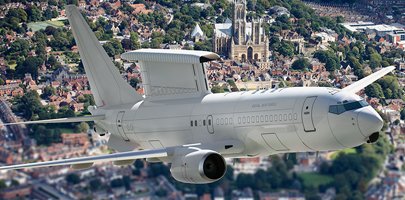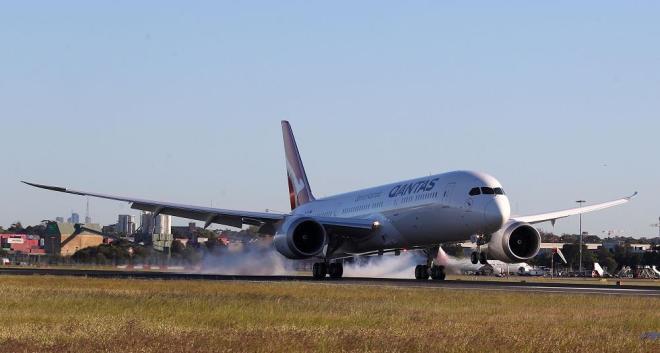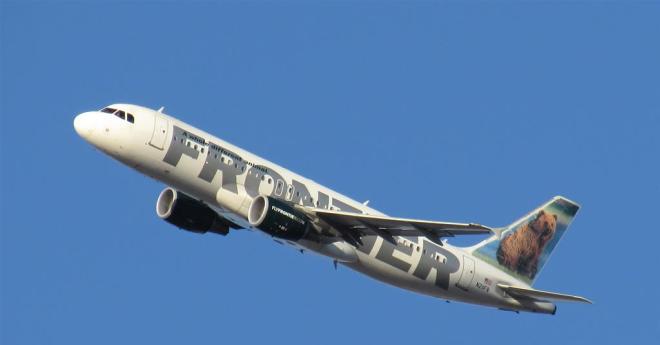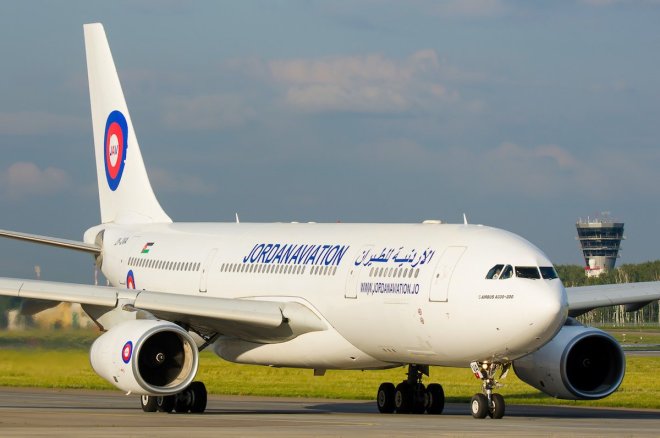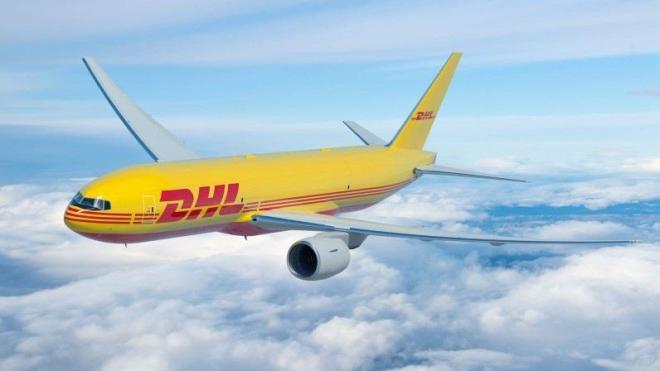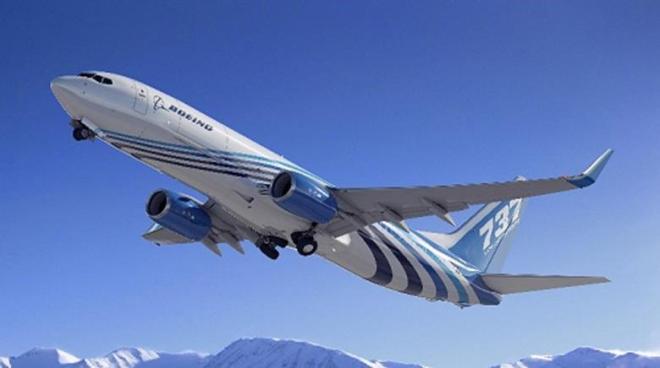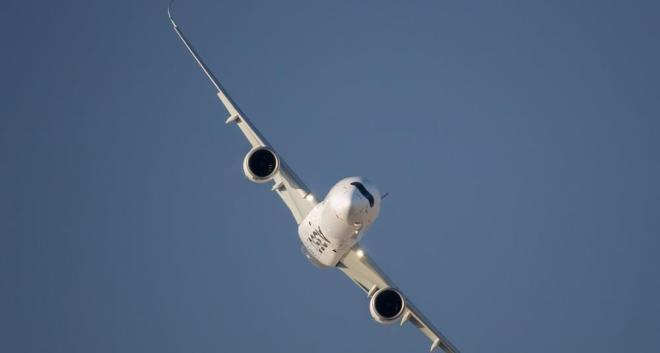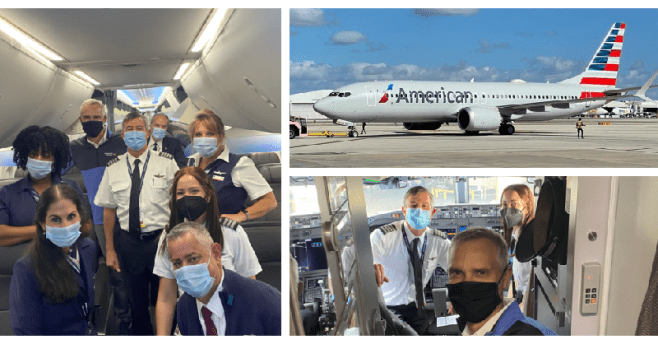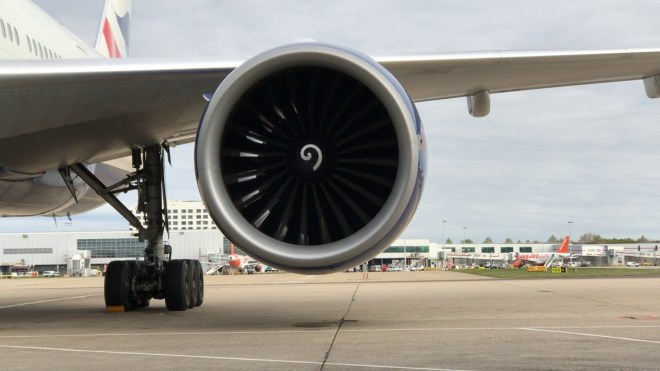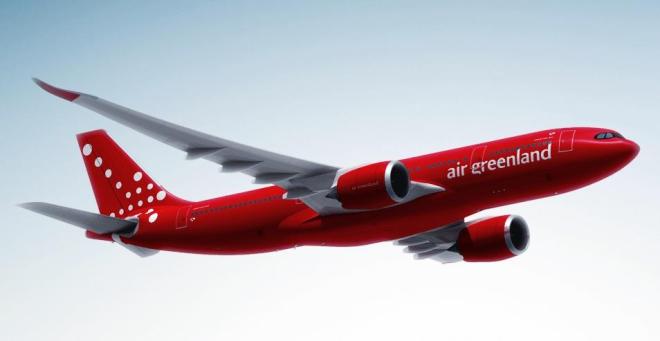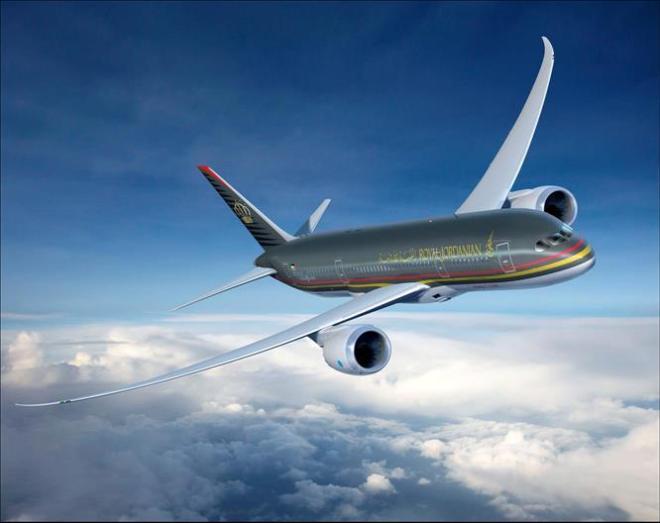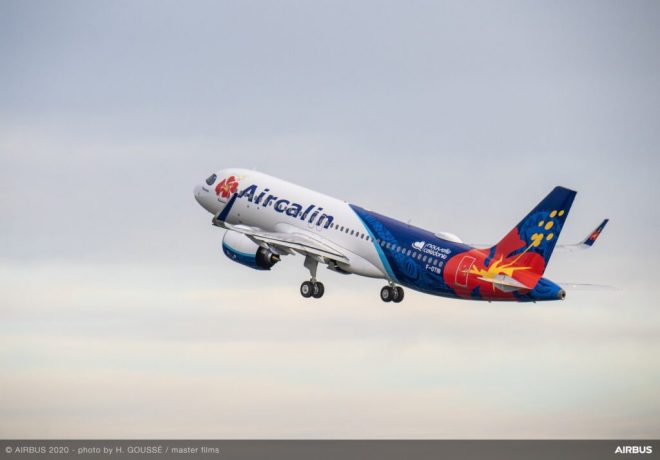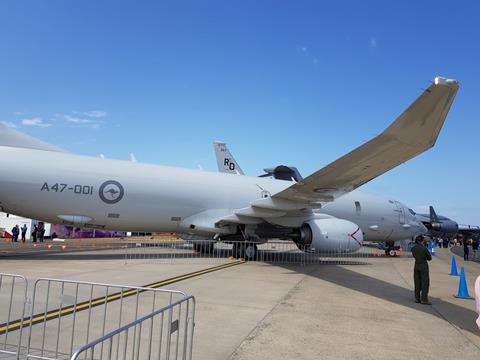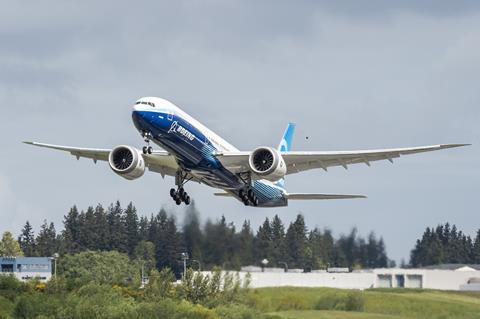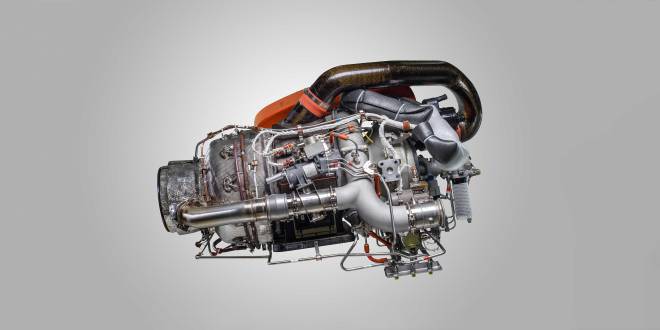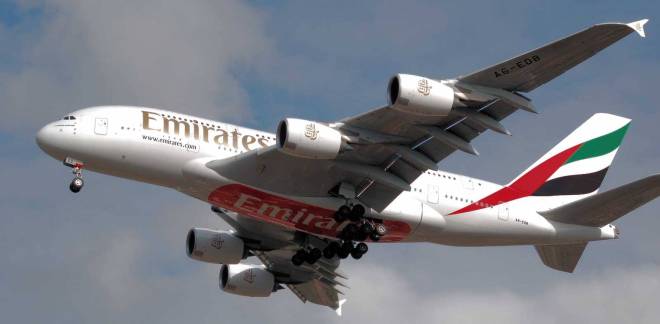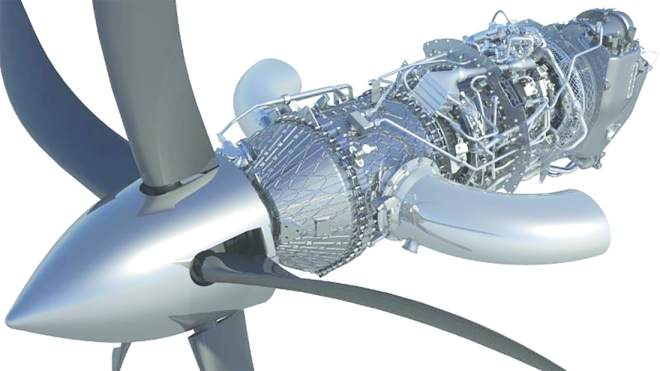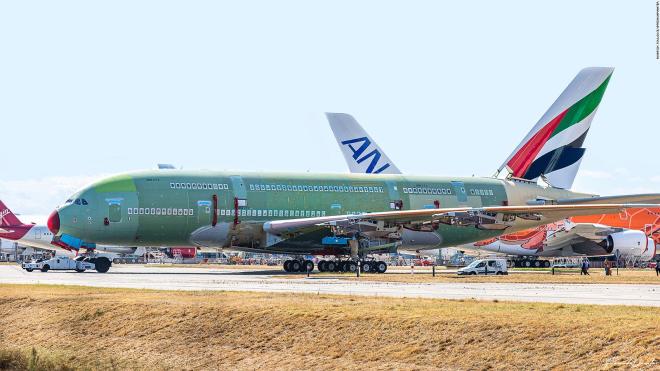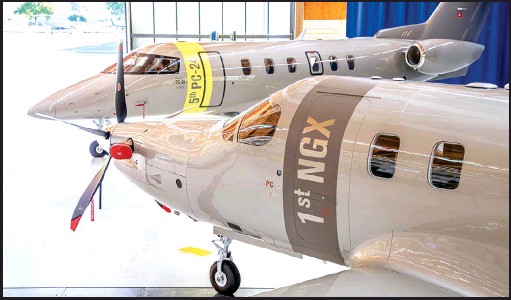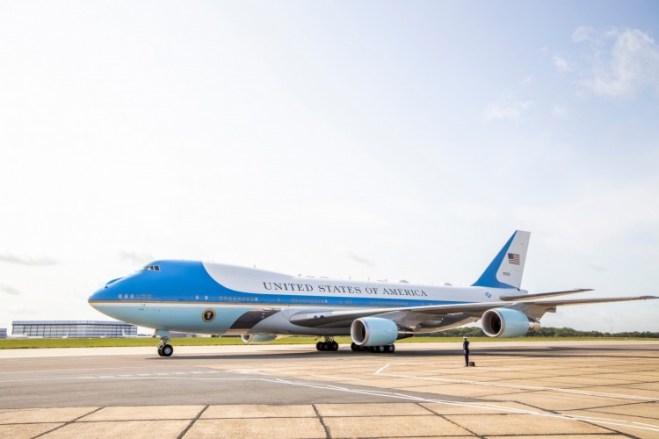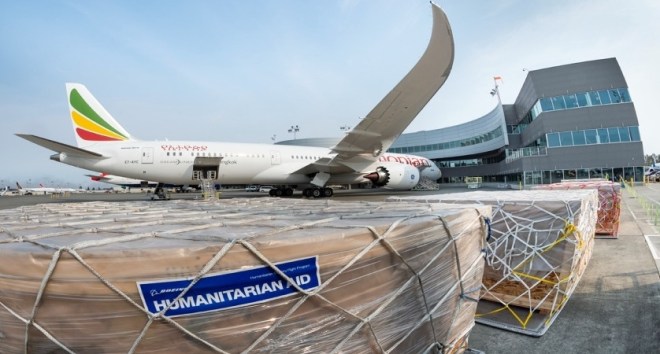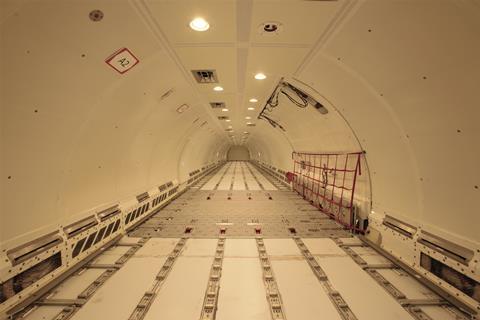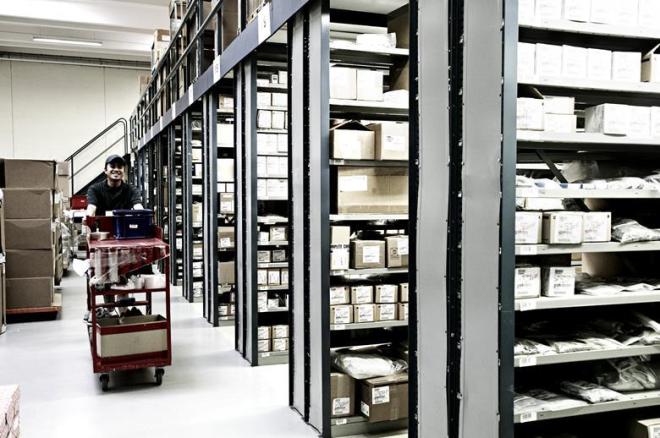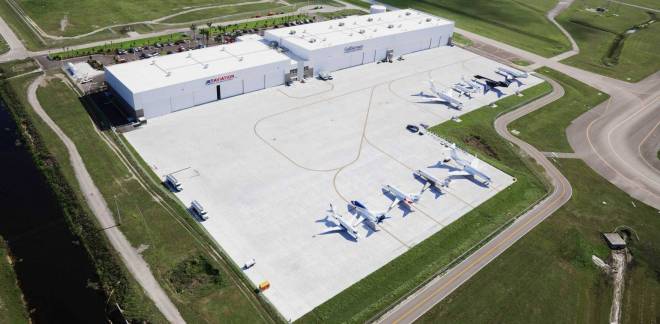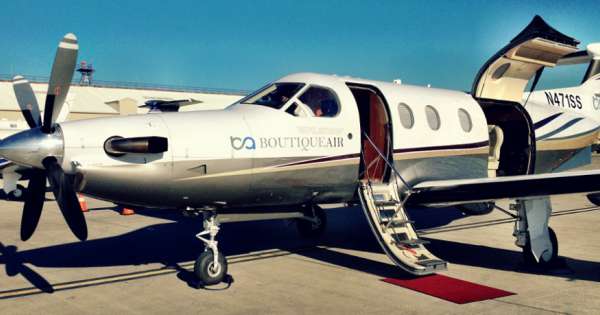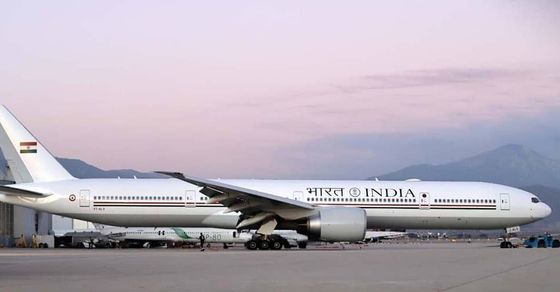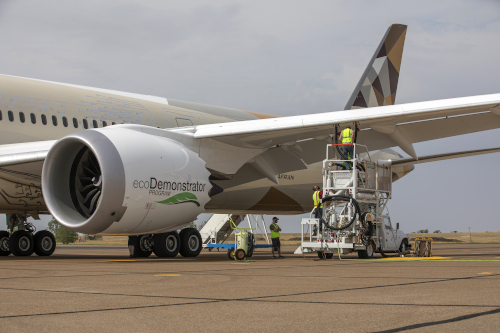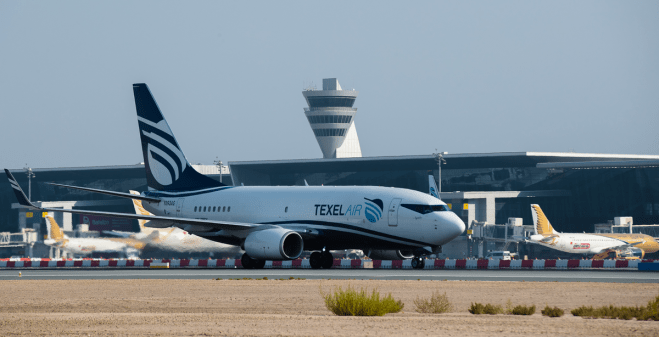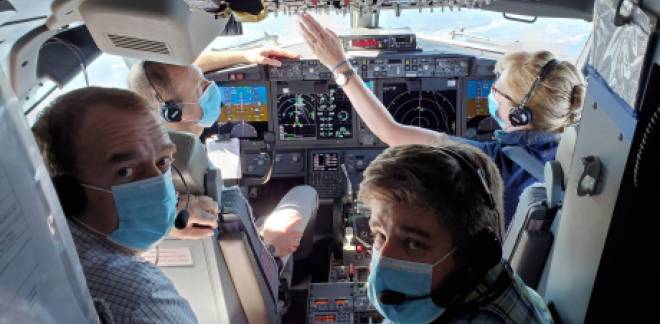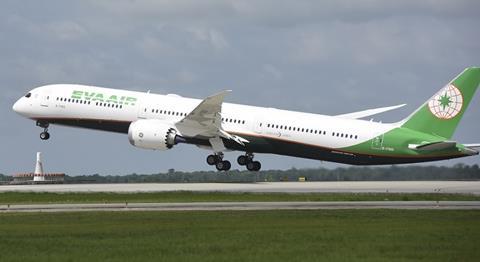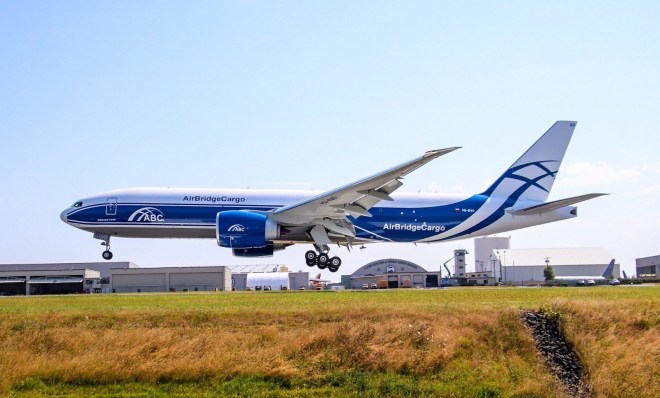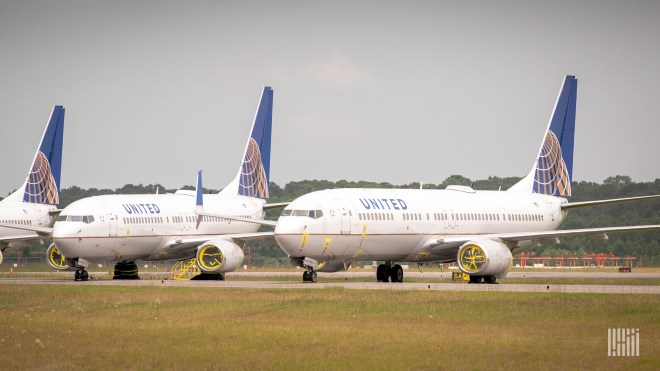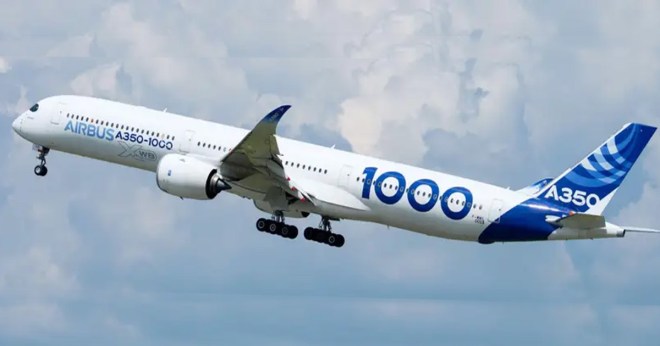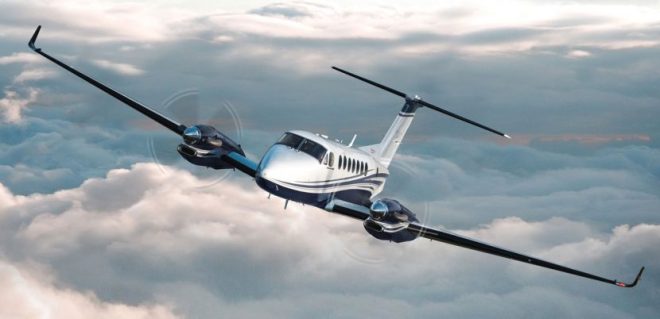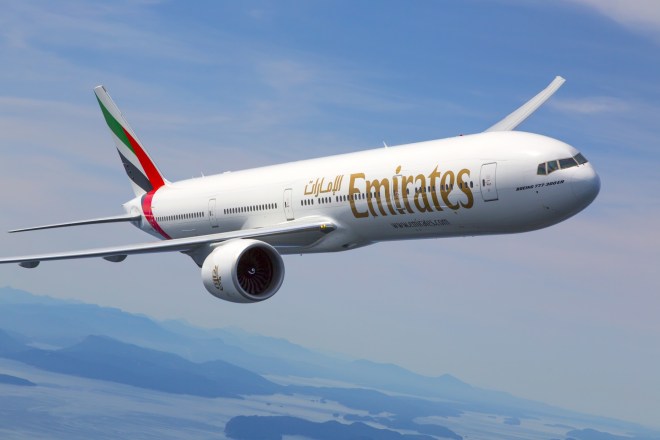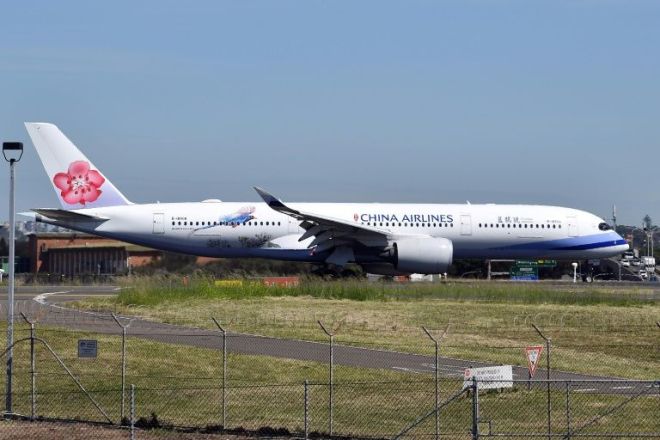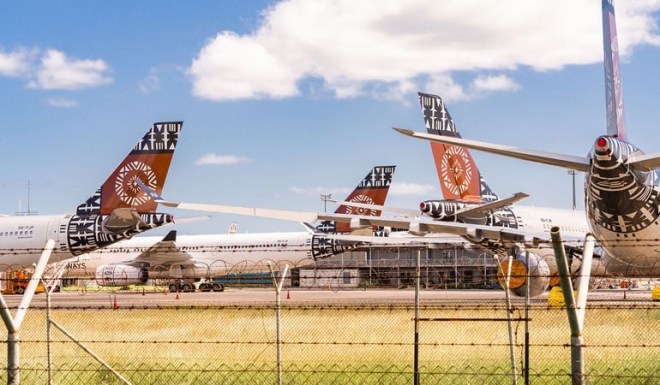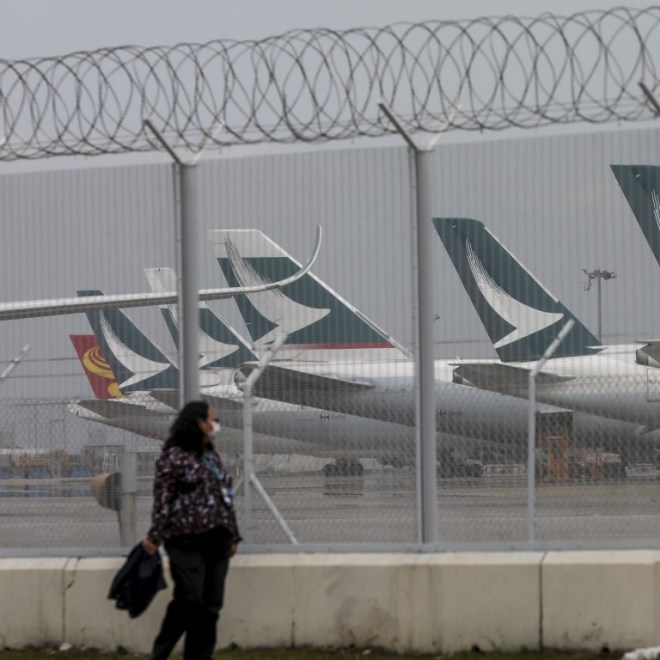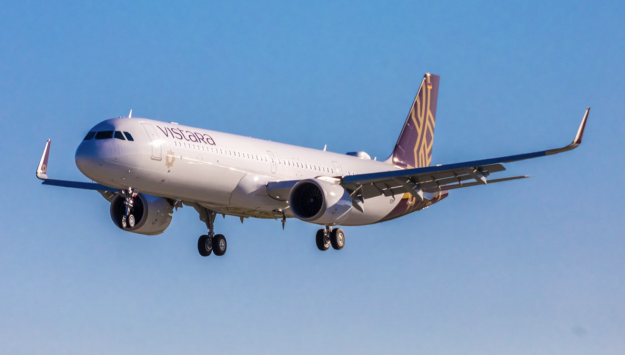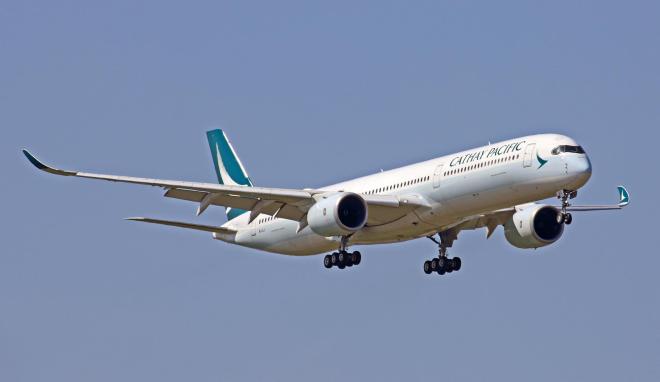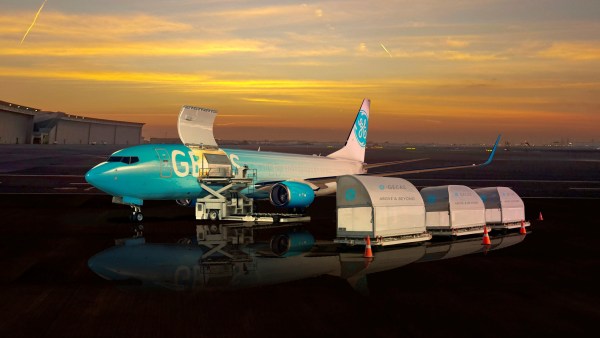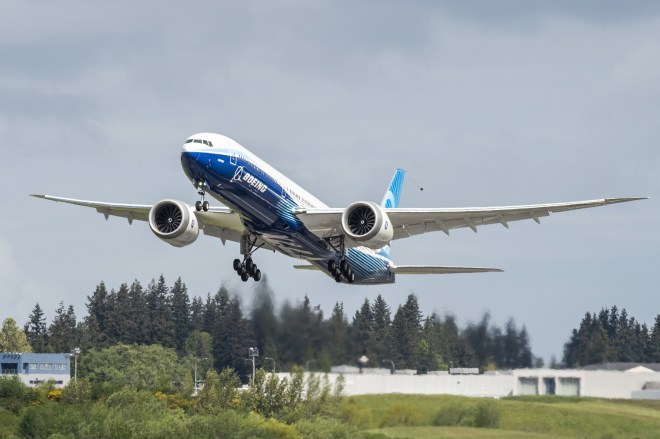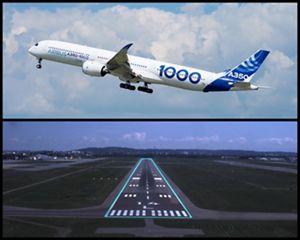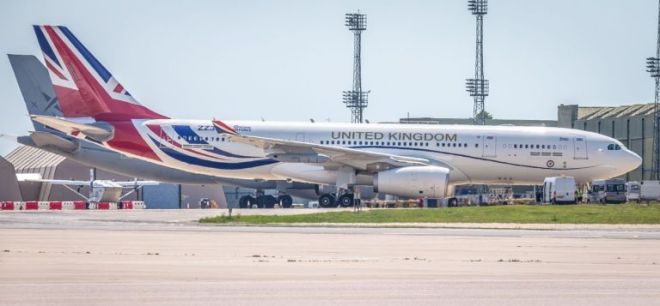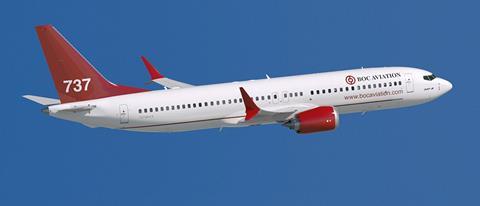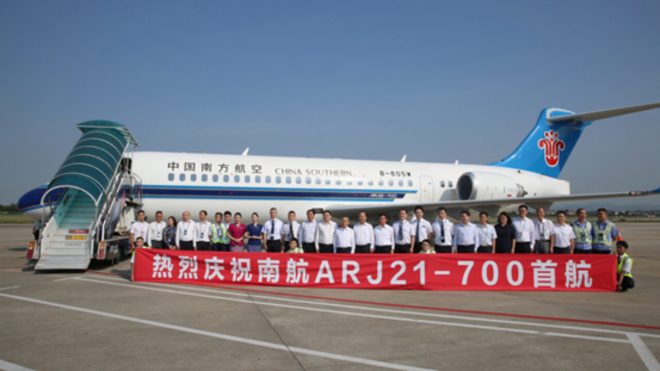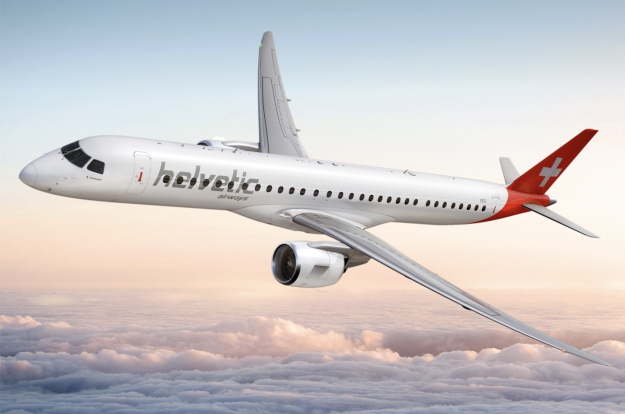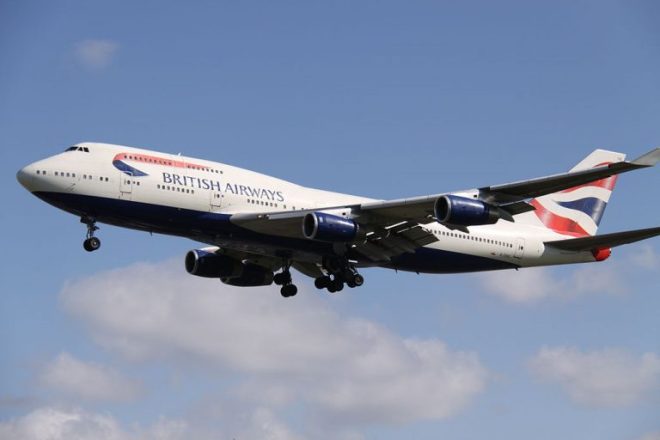ON THE BOEING FRONT
US FAA and European EASA Approve 737 Max 8-200 Certification
On March 31, the FAA approved the design for the Boeing 737-8200, part of the Boeing MAX series’ necessary step before the U.S. platemaker can begin delivering the airplane to Ryanair. Following that, on April 6, European safety regulators have granted type certificate validation to the Boeing 737 Max 8-200, new high-density variant of the re-engined twinjet.
The 8-200 has been developed to increase the seating capacity of the Max 8. It has the same maximum take-off weight as the Max 8, at 82.2t, and the same baggage hold volumes. Irish budget carrier Ryanair is a major customer for the aircraft, having increased its order from 135 to 210 0f the type in December last year.
Ryanair is configuring its 8-200 with 197 seats. The aircraft has an extra pair of exit doors to meet evacuation requirements.
Source: Boeing, Flightglobal, Picture Boeing
ON THE AIRBUS FRONT
Airbus Switching A320neo to Electronic Rudder Control
Airbus is aiming to replace the mechanical rudder controls on A320nneo-family aircraft, switching to a full electric rudder system by early 2024.
Modification will coincide with the entry into service of the long-range A321XLR, which is being developed with the ‘E-Rudder’ architecture in mind. The E-rudder will become standard on the A319neo, A320neo and A321neo range. But it will not be fitted to conventional A320-family jets, nor it will be available as a retrofit.
The E-rudder program will replace the mechanical interface with an electrical one, saving some 40Kg in weight by enabling the removal of several fixtures and three computer units. Conversion to the E-rudder system involves installing a new rudder-pedal unit in the cockpit, new rudder-position sensors, and a back-up control module.
The Primary flight-control computers will have updated hardware and software, and software changes will be made to several others, while the rudder-actuation will be modified. “Ramp-up will be done over 2023 to standardize E-rudder by early 2024”, says Airbus, adding that simpler system will save fuel and reduce maintenance costs.
Suppliers including Thales, Safran, Collins and Liebherr are participating in the equipment updates for the program. Airbus adds that no relocation of the computers in the avionics bay will be necessary.
Source: Airbus, Picture Airbus
REGIONAL /BUSINESS JETS
Pilatus Reveals PC-24 order for Qatar’s Air force
Qatar’s air force is to field a pair of Pilatus PC-24 light jets, the Swiss airframer revealed in its annual results publication on April 22.
“November 2020 brought exciting news…when we signed a contract with the Qatar Emiri Air Force for two PC-24s,” Pilatus says. The service will employ the aircraft “ for pilot training and VIP transportation”, it adds.
Also included as part of the contract is a five-year support package involving the manufacturer providing “on -site technical assistance” for the business jets.
Qatar’s air force also is a customer for Pilatus’s PC-21 turboprop trainer, with 24 examples in use.
Source: Pilatus, Picture Pilatus
OTHER AVIATION NEWS
Air Canada to complete Acquisition of Airbus 220 and Boeing 737 Max
Air Canada plans to complete plans to acquisition of 33 Airbus 220s and 40 Boeing 737 Max narrow bodies thanks to a C$ 5.879 billion ($ 4,682 billion) financing commitment by the government of Canada under its Large Employer Emergency Financing Facility (LEEFF) program, the airline said late Monday April 12th.
The package provides for fully repayable loans that Air Canada would draw down only as required, as well as equity investment. It includes a government purchase of C$500 million worth of shares of the airline, meaning Ottawa will again own a part of the Canadian flag Carrier.
“The additional liquidity program we are announcing today achieves several aligned objectives as it provides a significant layer of insurance for Air Canada, it enables us to better resolve customer refunds of non-refundable tickets, maintain our workforce and re-enter regional markets,” said Air Canada CEO Michael Rousseau.
“Most importantly, this program provides additional liquidity, if required, to rebuild our business to the benefit of all stakeholders and to remain a significant contributor to the Canadian economy through its recovery and for the long term.”
Finally, the airline agreed to restrict certain expenditures and restrict dividends, share buybacks, and senior executive pay.
Source: Air Canada, Picture Air Canada
Lessor DAE Places $1.8 Billion Order for 15 737 MAX Jets
Boeing and DUBai Aerospace Enterprise (DAE) have announced the aircraft lessor has ordered 15 737-8 Max jets.
DAE has been investing in the MAX by buying jets from existing customers and leasing them back to the carriers. The announcement follows a sale-and leaseback agreement the lessor signed in the third-quarter with American Airlines for 18 new 737 Max 8s,DAE also completed a sale-and-leaseback with Brazilian low-cost operator Gol for five 737 Max 8s.
DAE’s website indicates it owns and manages 116 737 family aircraft, forming the bulk of Boeing aircraft under its portfolio.
The new order is DAE’s first direct 737 MAX purchase from Boeing as it modernizes its portfolio for better economic and environmental performance.
Firoz Tarapore, chief executive officer of DAE, said: “We are delighted to deepen our already strong relationship with Boeing. Including this order, we own and manage 162 Boeing aircraft. An increasing number of global aviation regulators are retiring the MAX to the skies. We are confident in the success of these aircraft as domestic and regional travel are seeing strong signs of recovery.”
Source: Boeing, ArabianAerospace, Image Boeing
Aeromexico Reaches A deal for Massive Fleet Transactions
On April 23, 2021, Aeromexico announced it reached an agreement with lessors and Boeing to add 24 new Boeing 737 Max aircraft. It will include 737 Max 8s and 737 Max 9s and four 787-9s as part of the airline’s restructured agreements with Boeing and certain lessors to incorporate new aircraft. Other suppliers and financial entities also participated in these transactions, resulting in a comprehensive deal that offers multiple benefits to the carrier.
The addition of the first aircraft is scheduled for this year, offering service beginning this summer season and the rest arriving in the second half of 2021 and during 2022.
These transactions make it possible for Aeromexico to modify long-term maintenance contracts and reduce leasing costs of eighteen(!*) other aircraft that are part of the current fleet.Aeromexico estimates that reaching the comprehensive agreement will lead to total savings of approximately 2 billion dollars.
Source: Aeromexico, Picture Aeromexico
LATEST NEWS
Southwest Airlines first arrival and departure inaugural flight from Fresno Yosemite International Airport took place on Sunday, April 25, 2021. About 120 passengers were booked for the inaugural flight. For the first flight, Southwest dispatched its “California One” jet, a 737-700 with a paint job depicting the state’s bear.
- Willie Walsh Former IAG chief executive has officially taken over as director general of IATA on April 1, succeeding Alexandre de Janiac.
- Air Cairo has taken delivery of its first Airbus A320neo, which joins the Egyptian low-cost carrier’s all-Airbus fleet of seven aircraft.
- Delta Air Lines has firmed orders for 25 Airbus A321neos and pulled forward A30 and A330 deliveries, reflecting the airline’s anticipation that passenger demand will accelerate in coming years.
- Indian Regulators have taken the first steps to easing restrictions on Boeing 737 Max flights by approving foreign carriers to overfly its airspace using the type.
- Etihad Airways has carried out its first scheduled flight to Israel, following the diplomatic normalization agreement between Israel and the United Arab Emirates.
- Fiji Airways is set to be the first Asia-Pacific carrier to return the Boeing 737 Max into service, after Fijiian civil aviation authorities lifted the grounding of the narrowbody.
Sources: Flightglobal,Boeing,Etihad Airways,Delta Airlines,Fresno Bee,Airbus
AIR CARGO
Silk Way West Airlines has placed an order for five Boeing 777 Freighters, the Azerbaijani carrier’s first commitment for the long-haul twinjet. The airline already operates a fleet of five Boeing 747-8Fs and seven 747-400Fs. The agreement covering the 777s was signed at a ceremony in Baku on April 28.No delivery dates have been disclosed.
Silk Way Group president Zaur Akhundov says: “This deal is an incremental part of our fleet renewal and our commitment to see our customers’ expectations.
I am confident that the acquisition of new freighters will further strengthen our leading position on the global air freight market for the next 15 to 20 years.”
“Silk Way West Airlines has been rapidly expanding the geographic reach of its network. With the global air freight market forecasted to grow more than 60% over the next 20 years, the new order bolsters their ability to meet trade and commerce demand in the Commonwealth of Independent States, Europe, the Middle East ,Asia and North America.” said Stan Deal, President and CEO of Boeing Commercial Airplanes.
The 777 Freighter is the world’s longest range and most capable twin-engine freighter. The airplane’s fuel efficiency and ability to reduce CO2 emissions by 17% compared to legacy airplanes will contribute to the carrier’s sustainability goals, with a range of 9,200 kilometers.
Boeing says adding the longer-range freighter will enable Silk Way to operate long-haul routes more efficiently with fewer stops.
Source: Boeing,Boeing Picture
OTHER NOTEWORTHY NEWS
Boeing Calls on US Government to Reinstate Trade Relationship with China
Boeing is calling on the administration of President Joe Biden to reinstate trade relations with China, saying aircraft orders from the country will be key to the airframes’s long term health.
On the Chicago headquarted company’s first-quarter 2021 earnings results call on April 28, Boeing chief executive David Calhoun says the US aerospace industry depends on Chinese orders. The company wants to ensure the administration knows “the importance of getting the relationship right”.
“It’s time for us to point out the economics of trade with China,” Calhoun says. ”We need to get the order stream going again; I am confident that will happen, and this is the moment to begin to talk about it.” “It will eventually impact our production rates,” he adds.
A major related issue is re-certification of the 737 Max. China has not cleared the type to fly despite the Federal Aviation Administration approving the Max five months ago following a 20-month grounding. More than 160 of the 195 countries’ civil aviation regulators have followed the FAA’s lead but not China. Some industry observers interpret this as retaliation by Chinese authorities.
Calhoun now expects China will re-certification the Max in “the second half of 2021”. “We are still awaiting Max regulatory approval from China and the timing of it will affect our delivery plan,” adds chief financial officer Greg Smith. ”It’s an important market and orders from China will affect future production rates.”
China was the first country to clip the Max’s wings by grounding the aircraft following two fatal accidents, in 2018 and 2019. China’s civil aviation regulator said in Mid April that it has been discussing with Boeing a plan to restore 737 Max service. However, it added that it remains sufficiently un satisfied to clear the jet, leaving China’s timeline for lifting the Max’s grounding uncertain.
China is a huge market for the narrowbody; at the time of the Max founding in March 2019, 12 operators in the country had nearly 100 of the jets in service. Chinese carriers still hold orders for more than 200 of the jets, Cirium fleets data shows. The biggest operator of the type is China Southern Airlines, with 24 examples currently in storage, and 34 more on order with Boeing.
Analysts agree the Max’s long-term prospects in China remain strong because airlines there – indeed, airlines everywhere – will need the narrow bodies to expand in the decades following the pandemic. Boeing’s only real current competitor, Airbus, cannot produce enough A320neo-family jets to meet demand alone analysts say.
Sources: Boeing, FlightGlobal, Cirium fleets Data
Researched and Compiled by :
Ed Kaplanian Commercial Aviation Advisor
Contact – ekaplanian@msn.com
Editor: Lee Kaplanian




